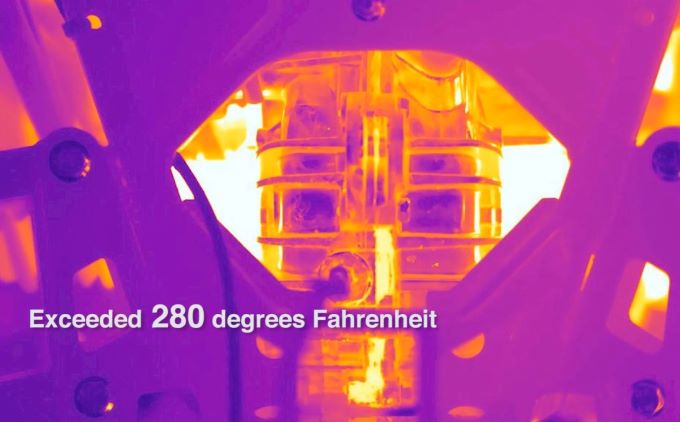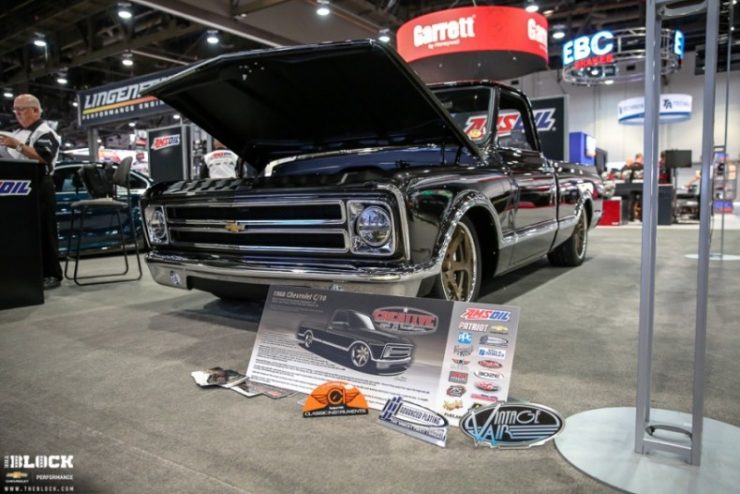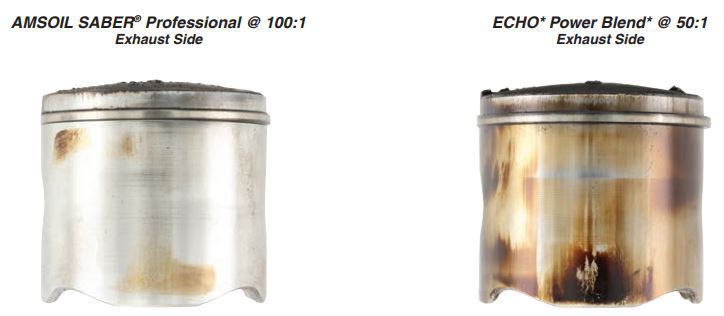Oil Analysis Kits Available from Oil Analyzers Inc.

The Value Kit focuses on oil viscosity (or thickness), corrosive wear potential, wear metals and remaining oil additive components. These four indicators were chosen because they correlate with the causes of almost all engine lubricant-related failures:
1. Lack of oil (not really the lubricant’s fault, but it is a leading cause of failure).
2. Oil is too thin to effectively lubricate.
3. Oil is too thick to effectively lubricate.
4. Oil is overcome with acids, leading to corrosive wear.
Oil thickness (or viscosity) at 100°F is a vital oil analysis measurement. The most important function of lubricants is to provide separation of metal surfaces. If oil becomes excessively thin (usually from fuel dilution), it can’t keep surfaces separated adequately, resulting in faster wear or catastrophic damage. On the other hand, if oil becomes too thick (usually from water or soot contamination), it can’t be pumped to critical areas fast enough, resulting in failure due to lack of oil.
Acid development is the second area of focus in the new report. Your engine is being fed a constant stream of acids from combustion gases. Antacid (detergent) is built into the engine oil to neutralize these acids, but there is only so much available. When acid-neutralizing additives are used up, you get an accumulation of acids that attack metal surfaces, resulting in corroded surfaces that break up quickly when stressed. This is measured by testing for TBN and TAN. TBN is total base number and measures the acid-fighting capability left in the oil. The higher the number, the more you have left. TAN is total acid number. This test is used primarily with lubricants that contain little detergent. TAN is typically measured on hydraulic or compressor fluids.

With the Value Kit, these are the four key areas that can provide insight to the oil condition. There are, however, many times where more information will be needed and one of the full-service oil analysis kits should be used. If the unit being tested does not have an existing oil analysis history (ideally 3 or more samples) or if there is a suspected problem with the equipment or lubricant, a full-service oil analysis should be used. The additional testing provided in a full-service kit includes fuel dilution, soot level, water contamination, and oxidation and nitration levels. These test results are needed for troubleshooting lubrication problems and also for setting extended drain intervals.
It is common knowledge that premium synthetic oils last longer and protect equipment better than conventional petroleum-based products, but for how much longer and how much better, oil analysis is needed to answer these questions.
Guest contributor Allen Bender has been manager of Oil Analyzers, Inc. since Spring 2010. This article originally appeared in Police Fleet Manager in 2014.






